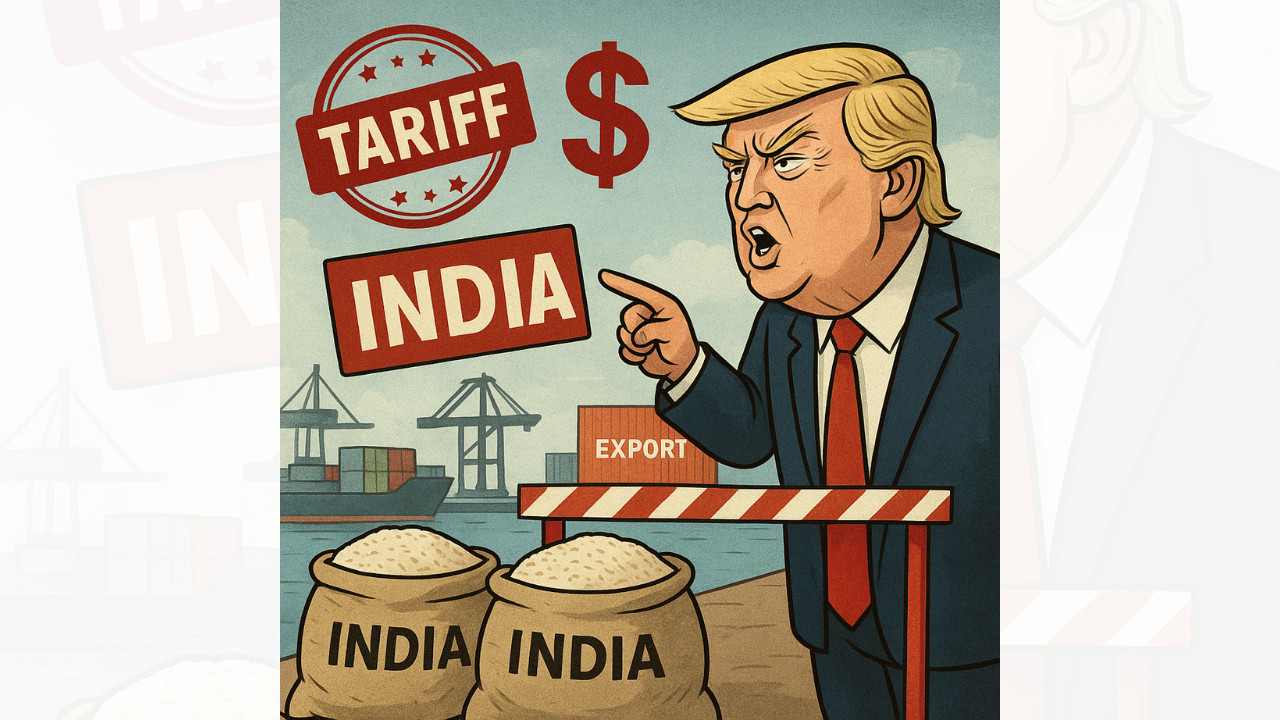Bracing for Impact: Trump’s Tariff Wall and the Future of Indian Exports
A tremor just ran through the world of international trade, and its epicenter is, unsurprisingly, Donald Trump. News of his proposed 50% tariffs on a vast range of imported goods to the US has sent ripples of concern across global markets, particularly for countries like India, who rely on exporting their goods. The question on everyone’s mind isn’t if this will hurt, but how much and where the pain will be most acute. Let’s unpack what these potential tariffs could mean for Indian businesses.
Decoding the 50% Tariff Proposal
The sheer scale of a 50% tariff is almost breathtaking. It’s not a surgical strike, but a broadside aimed at reducing America’s reliance on foreign goods, incentivizing domestic production, and potentially addressing trade imbalances. The logic, however debatable, centers on bolstering the US economy by making imported goods significantly more expensive, pushing consumers toward American-made alternatives. But protectionist measures rarely exist in a vacuum. International trade is a complex web, and pulling on one strand inevitably affects others.
The Sectors in the Crosshairs
Several key sectors within India’s economy stand to be significantly impacted. Engineering goods, a major export category, could face a serious dent in demand. The same goes for textiles, apparel, and various manufactured products. Imagine a US retailer suddenly facing a 50% price hike on Indian-made clothing. They’d likely seek alternative suppliers, negotiate drastically lower prices with Indian manufacturers (squeezing margins), or absorb the cost, reducing their own profitability. None of these scenarios are particularly appealing for Indian exporters.

Pharmaceuticals, another crucial export sector for India, might also face increased pressure. While essential medicines might be somewhat shielded due to inelastic demand, other pharmaceutical products could see a reduction in sales. The impact will vary depending on existing trade agreements, the availability of alternative suppliers in other countries, and the specific product category.
Company-Level Concerns: Who Stands to Lose the Most?
Predicting the precise impact on individual companies is complex, but businesses heavily reliant on US exports are understandably the most worried. Large textile manufacturers, engineering firms catering to the US market, and pharmaceutical companies with significant US sales could experience a notable decline in revenue. Small and medium-sized enterprises (SMEs), which often operate on tighter margins, could find it particularly challenging to absorb the tariff’s impact.
Consider the impact on the Gems and Jewelry sector, another significant contributor to India’s export basket. A 50% tariff could dramatically reduce the competitiveness of Indian jewelry in the US market, potentially leading to job losses and reduced earnings for artisans and manufacturers.
Navigating the Tariff Terrain: Strategies for Survival
So, what can Indian businesses do to weather this potential storm? Diversification is key. Exploring new markets beyond the US is crucial to reduce dependence on a single trading partner. Focusing on improving product quality and innovation to maintain a competitive edge, even with higher tariffs, is another important strategy. This could involve investing in research and development, adopting advanced manufacturing techniques, and focusing on niche markets where Indian products can command a premium.
Internal Link: Read about other global economic trends.
Negotiating favorable trade agreements with other countries can also help offset the potential losses from the US market. The Indian government has a crucial role to play in advocating for fair trade practices and engaging in diplomatic efforts to mitigate the impact of the tariffs.
The Bigger Picture: Global Trade and Geopolitics
Trump’s tariff proposal is not just about economics; it’s also a reflection of shifting geopolitical dynamics. It signals a potential move towards greater protectionism and a re-evaluation of international trade relationships. This could have far-reaching consequences for the global economy, potentially leading to trade wars and reduced economic growth. The coming months will be critical in determining the ultimate impact of these proposed tariffs and how the global trade landscape will evolve.
The Road Ahead: Adaptability is Key
The prospect of a 50% tariff on Indian exports to the US is undoubtedly concerning. However, challenges often breed innovation and resilience. By focusing on diversification, quality improvement, and strategic partnerships, Indian businesses can navigate this turbulent period and emerge stronger. The key is to anticipate the changes, adapt quickly, and proactively seek new opportunities in the evolving global marketplace.







